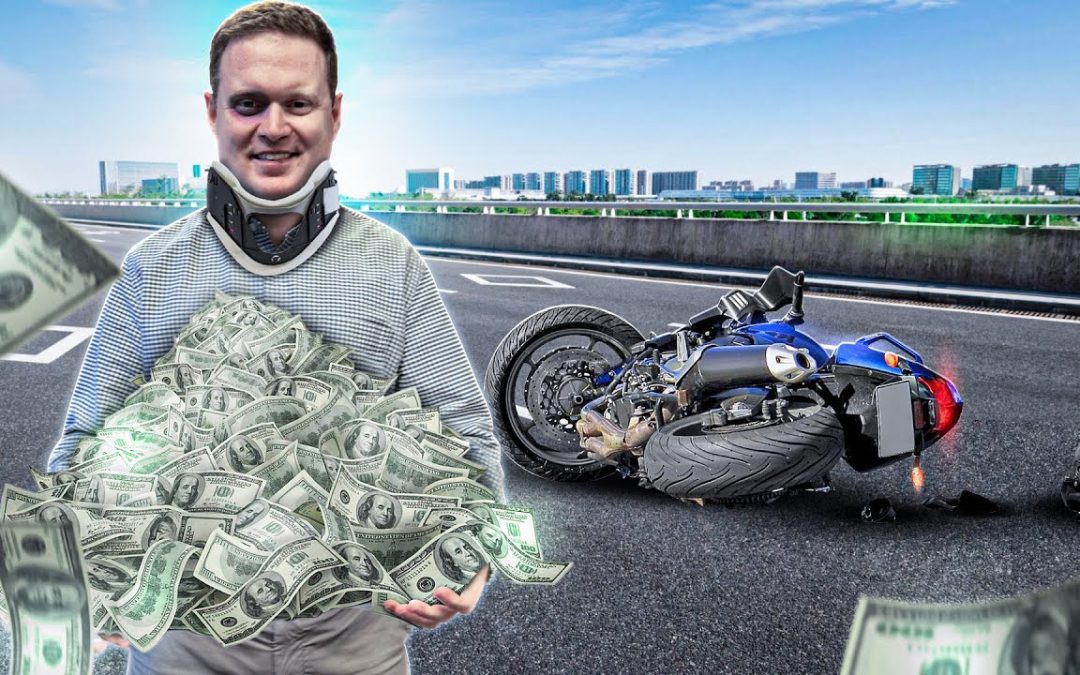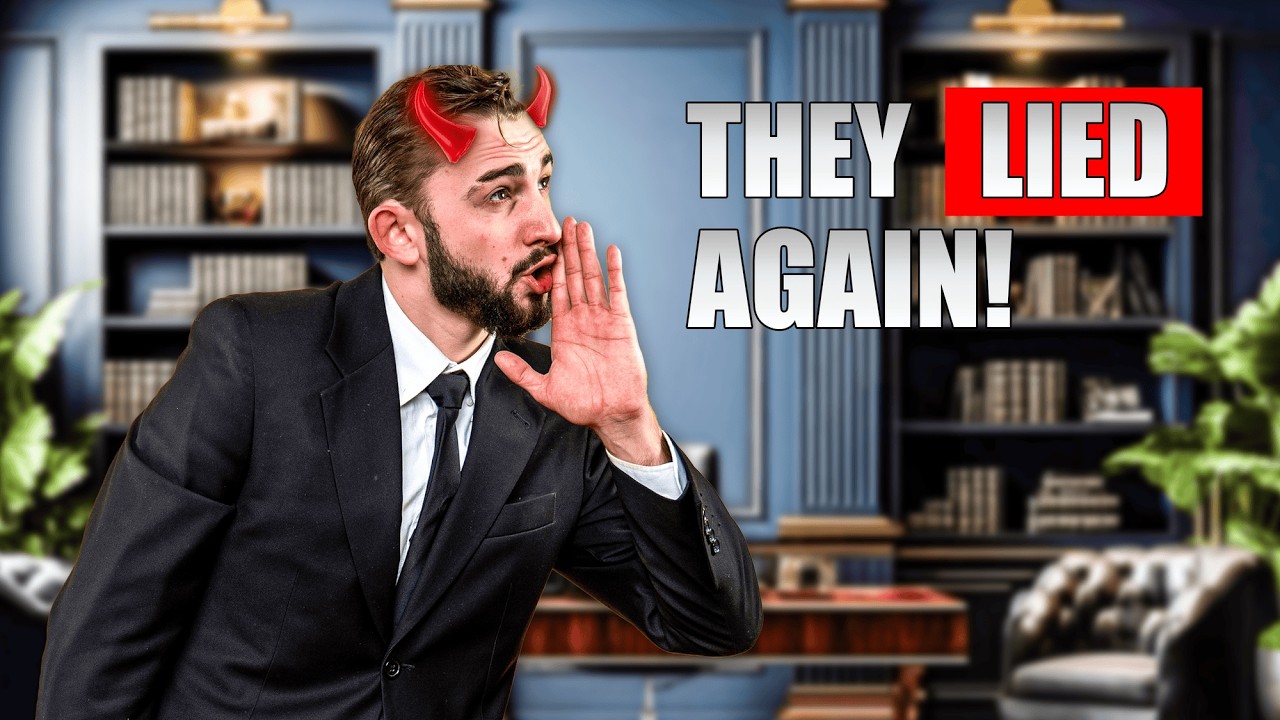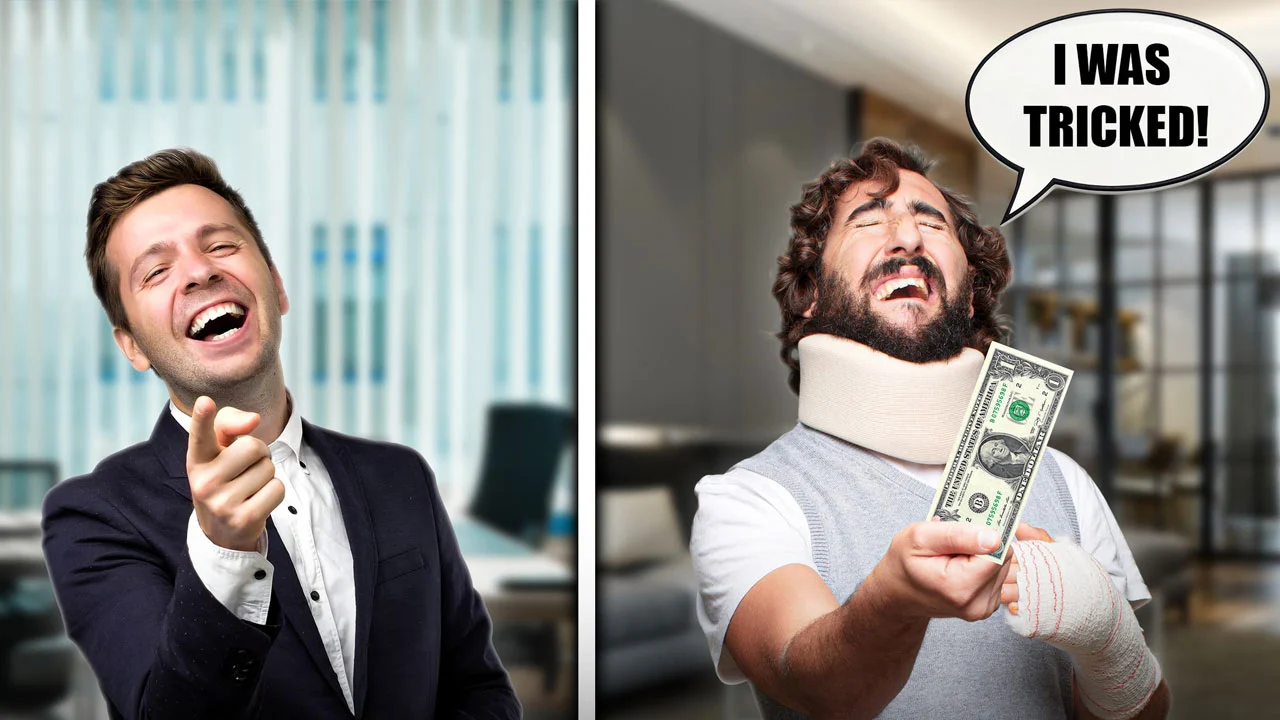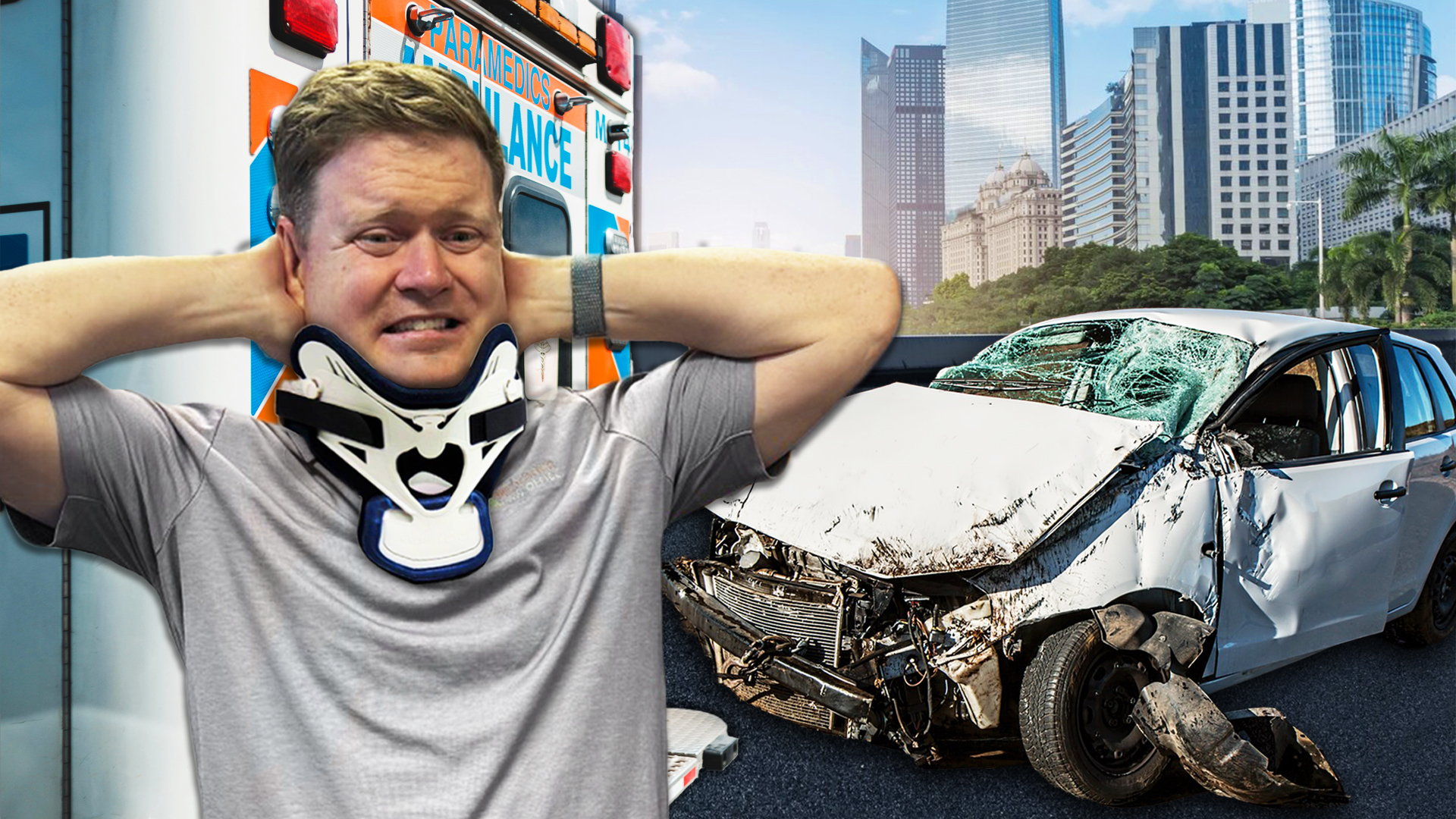Motorcycle accidents often lead to catastrophic injuries, resulting in piles of medical bills. However, just because your medical bills are piling up doesn’t mean you have to file for bankruptcy. In this video, I will share tips on how to navigate your injury claim if you can’t afford to pay your medical bills after your accident, potentially saving you from going bankrupt. To illustrate, let me tell you the story of my past client, Jerry.
Jerry’s Story
The Accident
Jerry was in his early 20s when he was involved in a collision with an automobile while riding his motorcycle. The driver of the automobile turned left in front of Jerry, causing a severe accident. It was clear that the driver of the automobile was at fault. Jerry sustained severe injuries that required surgery and a lengthy hospital stay.
Medical Bills and No Insurance
Jerry’s mother called me while he was still in the hospital. Unfortunately, Jerry had no health insurance or Medicaid to cover his medical bills. What I advised them next was crucial to possibly prevent Jerry from going bankrupt. I told them to immediately apply for Medicaid.
Applying for Medicaid
Thankfully, Jerry and his mother listened to my advice. Surprisingly, the Medicaid provider paid for Jerry’s accident-related medical bills, even though he got on Medicaid after his accident. However, this meant that Medicaid now had a lien on Jerry’s injury case. If he received any settlement, Jerry would owe the Medicaid provider for the bills they paid.
Negotiating with the Insurance Company
After obtaining Jerry’s medical records and bills, I sent a demand letter to the at-fault driver’s insurance company, demanding they pay out their insurance policy limits. The insurance company quickly agreed to pay out their six-figure policy limits. However, given Jerry’s significant injuries, this amount was insufficient to fully compensate him for his damages.
Addressing Judgment-Proof Drivers
There was no other insurance to pursue for Jerry’s damages. The at-fault driver was likely judgment-proof, meaning they had no significant assets or job to pay any judgment we might win in court. This made it clear that pursuing the driver personally would be worthless.
Reducing the Medicaid Lien
Jerry’s Medicaid lien was nearly six figures. If we had to pay it back in full, Jerry would get next to nothing. Here’s the crucial tip that helped Jerry: I informed the Medicaid provider of the settlement amount and requested they significantly reduce their lien. Eventually, I got them to knock off over $65,000 from their lien, allowing Jerry to take home a significant portion of his settlement.
The Importance of Underinsured Motorist Insurance
One more thing could have meant an even bigger payday for Jerry: underinsured motorist insurance. If Jerry had purchased underinsured motorist insurance on his motorcycle policy before the accident, he could have pursued additional compensation. This insurance covers medical expenses, lost wages, and pain and suffering damages that exceed the at-fault driver’s coverage.
Key Takeaways
- Apply for Medicaid: If you have no insurance, apply for Medicaid immediately after the accident.
- Negotiate Liens: Always negotiate any liens from Medicaid, health insurance, or other providers to reduce the amount you owe.
- Get Underinsured Motorist Insurance: Purchase underinsured motorist insurance to cover damages that exceed the at-fault driver’s policy limits.
Following these tips can help you avoid bankruptcy and secure a significant portion of your settlement. Now that you know these crucial tips, you should watch this video about to pop up right here that insurance adjusters absolutely hate and can help you get a bigger payday in your injury case.
Lastly, if you’ve been injured in Kentucky, remember: don’t wait; call Tate.








Recent Comments